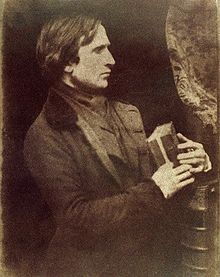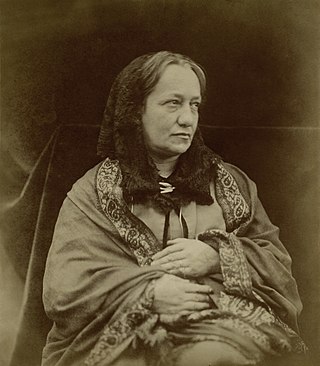
Julia Margaret Cameron was a British photographer who is considered one of the most important portraitists of the 19th century. She is known for her soft-focus close-ups of famous Victorians and for illustrative images depicting characters from mythology, Christianity, and literature.
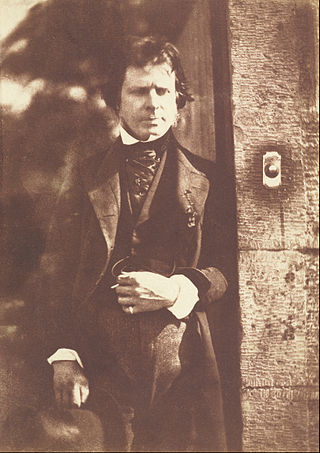
David Octavius Hill was a Scottish painter, photographer and arts activist. He formed Hill & Adamson studio with the engineer and photographer Robert Adamson between 1843 and 1847 to pioneer many aspects of photography in Scotland.
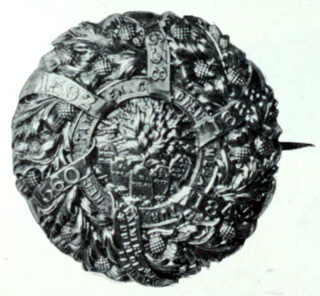
The Disruption of 1843, also known as the Great Disruption, was a schism in 1843 in which 450 evangelical ministers broke away from the Church of Scotland to form the Free Church of Scotland. The main conflict was over whether the Church of Scotland or the British Government had the power to control clerical positions and benefits. The Disruption came at the end of a bitter conflict within the Church of Scotland, and had major effects in the church and upon Scottish civic life.

Elizabeth, Lady Eastlake, born Elizabeth Rigby, was an English author, art critic and art historian, who made regular contributions for the Quarterly Review. She is known not only for her writing but also for her significant role in the London art world.

Thomas Annan (1829–1887) was a Scottish photographer, notable for being the first to record the bad housing conditions of the poor.

The Edinburgh Calotype Club of Scotland was the first photographic club in the world. Its members consisted of pioneering photographers primarily from Edinburgh and St Andrews. The efforts of the Club's members resulted in the production of two of the world's earliest assembled photographic albums, consisting of more than 300 images.
The David Octavius Hill Medal is a prize in photography established in 1955, by the Deutsche Fotografische Akademie. It is named in honor of the Scottish artist David Octavius Hill, famous for his Hill & Adamson calotypes, most of which were developed at Adamson's studio, the "Rock House", on Calton Hill in Edinburgh.

Thomas Keith FRCSEd was a Victorian surgeon and amateur photographer from Scotland. He developed and improved the wax paper process and his photographs are recognised for their composition and use of shade. He was an early practitioner of the operation of ovariotomy where his published results were amongst the best in the world.
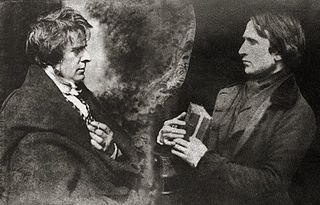
Hill & Adamson was the first photography studio in Scotland, set up by painter David Octavius Hill and engineer Robert Adamson in 1843. During their brief partnership that ended with Adamson's untimely death, Hill & Adamson produced "the first substantial body of self-consciously artistic work using the newly invented medium of photography." Watercolorist John Harden, on first seeing Hill & Adamson's calotypes in November 1843, wrote, "The pictures produced are as Rembrandt's but improved, so like his style & the oldest & finest masters that doubtless a great progress in Portrait painting & effect must be the consequence."
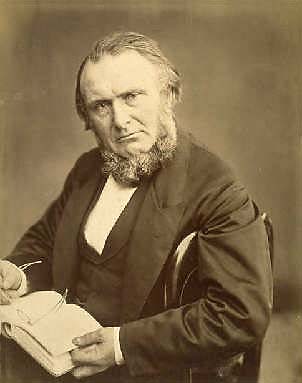
John Adamson was a Scottish physician, pioneer photographer, physicist, lecturer and museum curator. He was a highly respected figure in St Andrews, and was responsible for producing the first calotype portrait in Scotland in 1841. He taught the process to his brother, the famous pioneering photographer Robert Adamson. He was curator of the Literary and Philosophical Society Museum at St Andrews from 1838 until his death.

Thomas Rodger was an early Scottish photographer. He studied at the University of St Andrews and was a protégé of Dr. John Adamson who also persuaded him to become a photographer. At age 14, he was apprenticed to Dr. James, a local chemist and druggist, whilst studying at Madras College. Adamson later taught him the calotype process which he had earlier taught his famous brother, Robert Adamson. Adamson persuaded him to assist Lord Kinnaird in his calotype studio at Rossie Priory. Rodger enrolled at the Andersonian College of Glasgow to study medicine, but Adamson persuaded him to set up a professional business in calotyping in St Andrews.

Scottish art in the nineteenth century is the body of visual art made in Scotland, by Scots, or about Scottish subjects. This period saw the increasing professionalisation and organisation of art in Scotland. Major institutions founded in this period included the Institution for the Encouragement of the Fine Arts in Scotland, the Royal Scottish Academy of Art, the National Gallery of Scotland, the Scottish National Portrait Gallery and the Glasgow Institute. Art education in Edinburgh focused on the Trustees Drawing Academy of Edinburgh. Glasgow School of Art was founded in 1845 and Grays School of Art in Aberdeen in 1885.

Peter Wickens Fry was a pioneering English amateur photographer, although professionally he was a London solicitor. In the early 1850s, Fry worked with Frederick Scott Archer, assisting him in the early experiments of the wet collodion process. He was also active in helping Roger Fenton to set up the Royal Photographic Society in 1853. Several of his photographs are in the Victoria and Albert Museum in London.

Scottish genre art is the depiction of everyday life in Scotland, or by Scottish artists, emulating the genre art of Netherlands painters of the sixteenth and seventeenth centuries. Common themes included markets, domestic settings, interiors, parties, inn scenes, and street scenes.
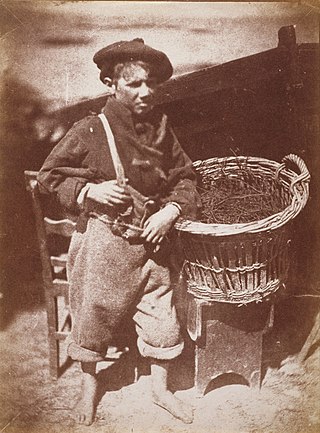
Scotland played a major role in the technical development of photography in the nineteenth century through the efforts of figures including James Clerk Maxwell and David Brewster. Its artistic development was pioneered by Robert Adamson and artist David Octavius Hill, whose work is considered to be some of the first and finest artistic uses of photography. Thomas Roger was one of the first commercial photographers. Thomas Keith was one of the first architectural photographers. George Washington Wilson pioneered instant photography and landscape photography. Clementina Hawarden and Mary Jane Matherson were amongst the first female photographers. War photography was pioneered by James MacCosh, James Robertson, Alexander Graham and Mairi Chisholm.
John McCosh or John MacCosh or James McCosh was a Scottish army surgeon who made documentary photographs whilst serving in India and Burma. His photographs during the Second Anglo-Sikh War (1848–1849) of people and places associated with the British rule in India, and of the Second Burmese War (1852–1853), count as sufficient grounds, some historians maintain, to recognise him as the first war photographer known by name. McCosh wrote a number of books on medicine and photography, as well as books of poetry.

John Lidell Cay FRSE PRSSA was a Scottish advocate, pioneer photographer and antiquarian. He served as the Sheriff of Linlithgowshire 1822–65. He was the maternal uncle of James Clerk Maxwell.

Janet Mann(Jessie) (20 January 1805 – 21 April 1867) was the studio assistant of the pioneering Scottish photographers David Octavius Hill and Robert Adamson. She is "a strong candidate as the first Scottish woman photographer" and one of the first women anywhere to be involved in photography.
Louisa Elizabeth How (1821–1893) was the first woman photographer in Australia whose works survive.
Craig Easton is a British photographer who lives in The Wirral and works on long-term social documentary projects that deal with the representation of communities in the North of England. He has made work about women working in the UK fish processing industry; about the inter-generational nature of poverty and economic hardship in Northern England; about social deprivation, housing, unemployment and immigration in Blackburn; and about how the situation in which young people throughout the UK live, influences their aspirations.
